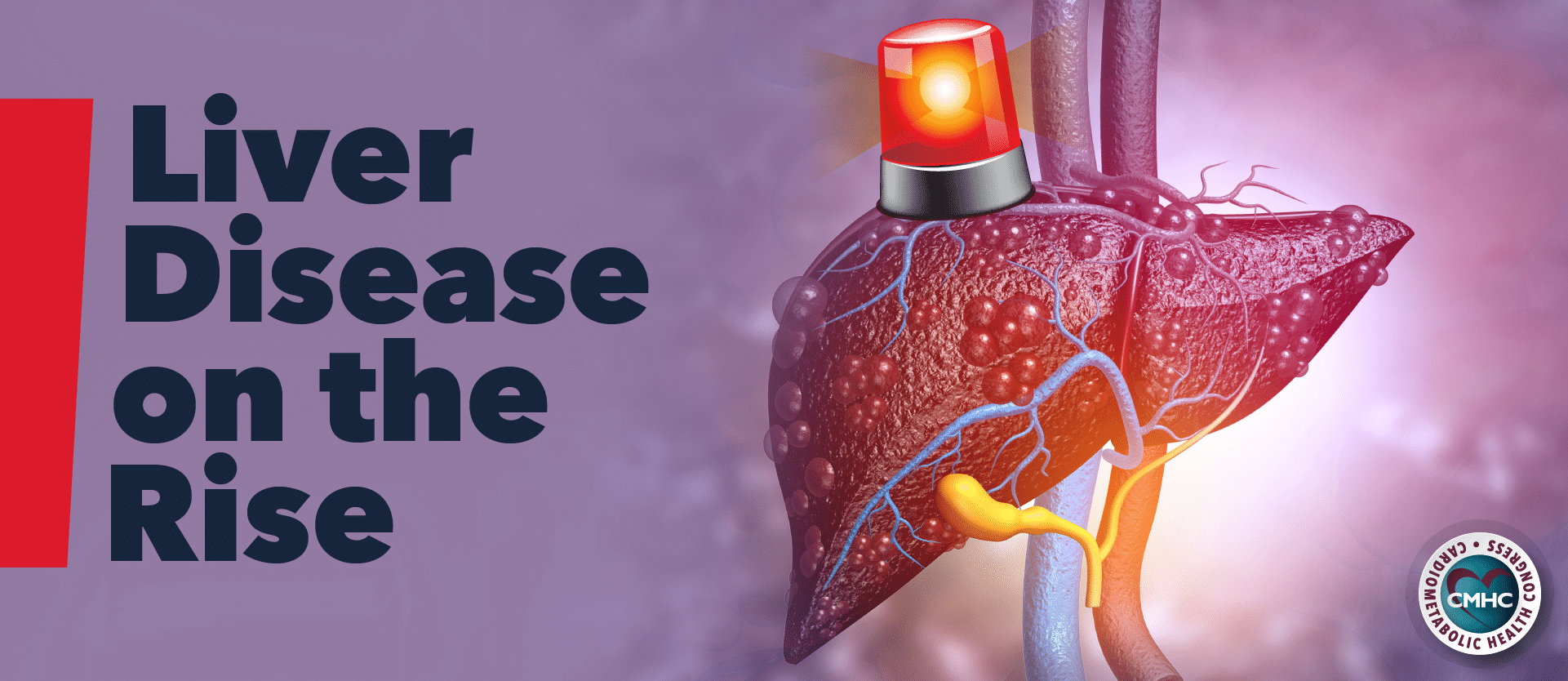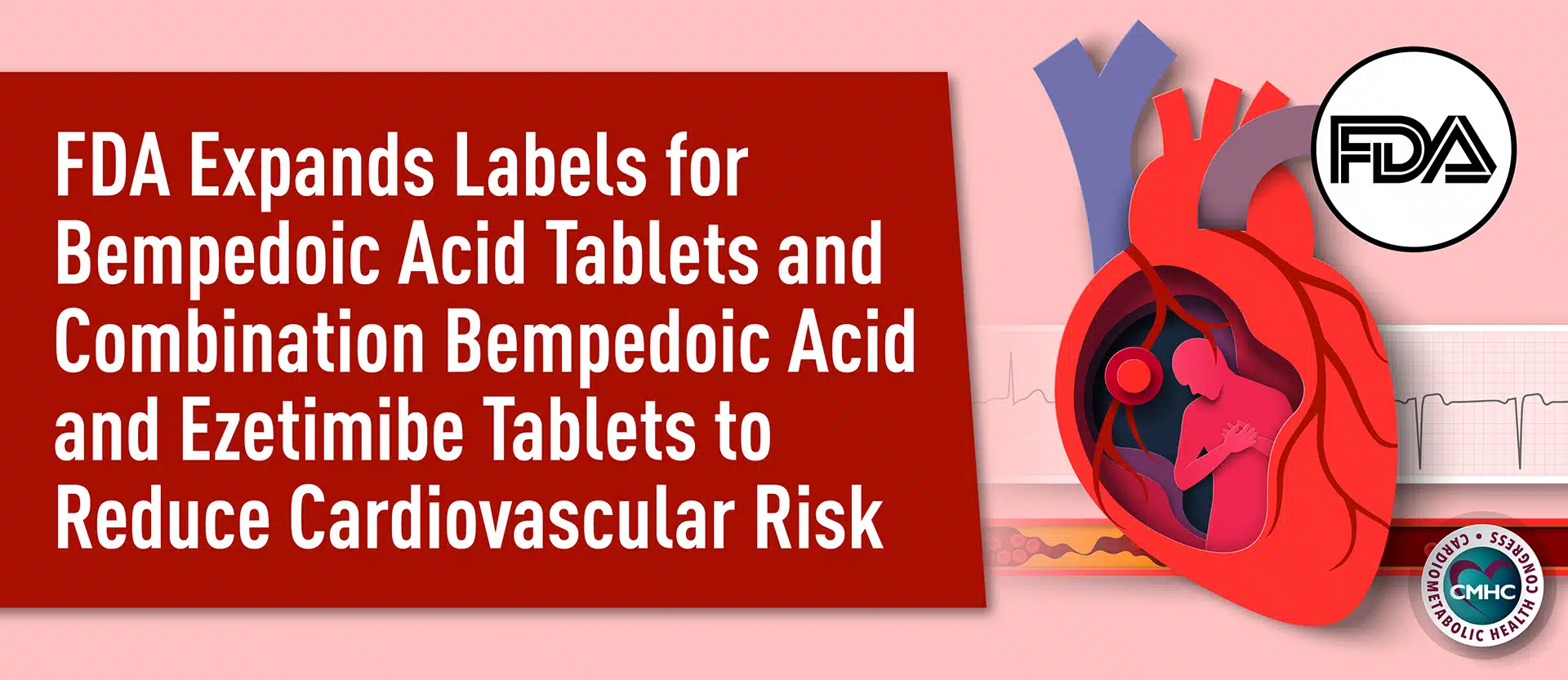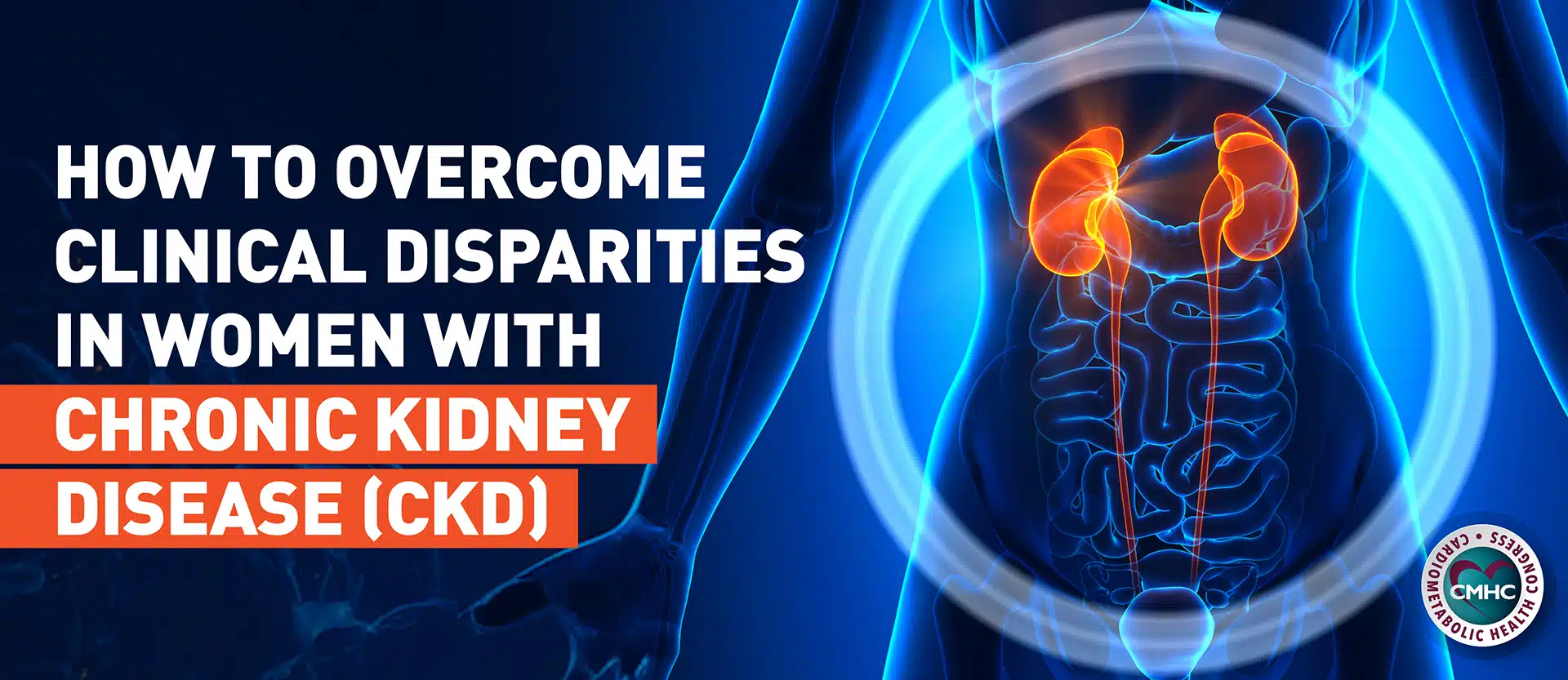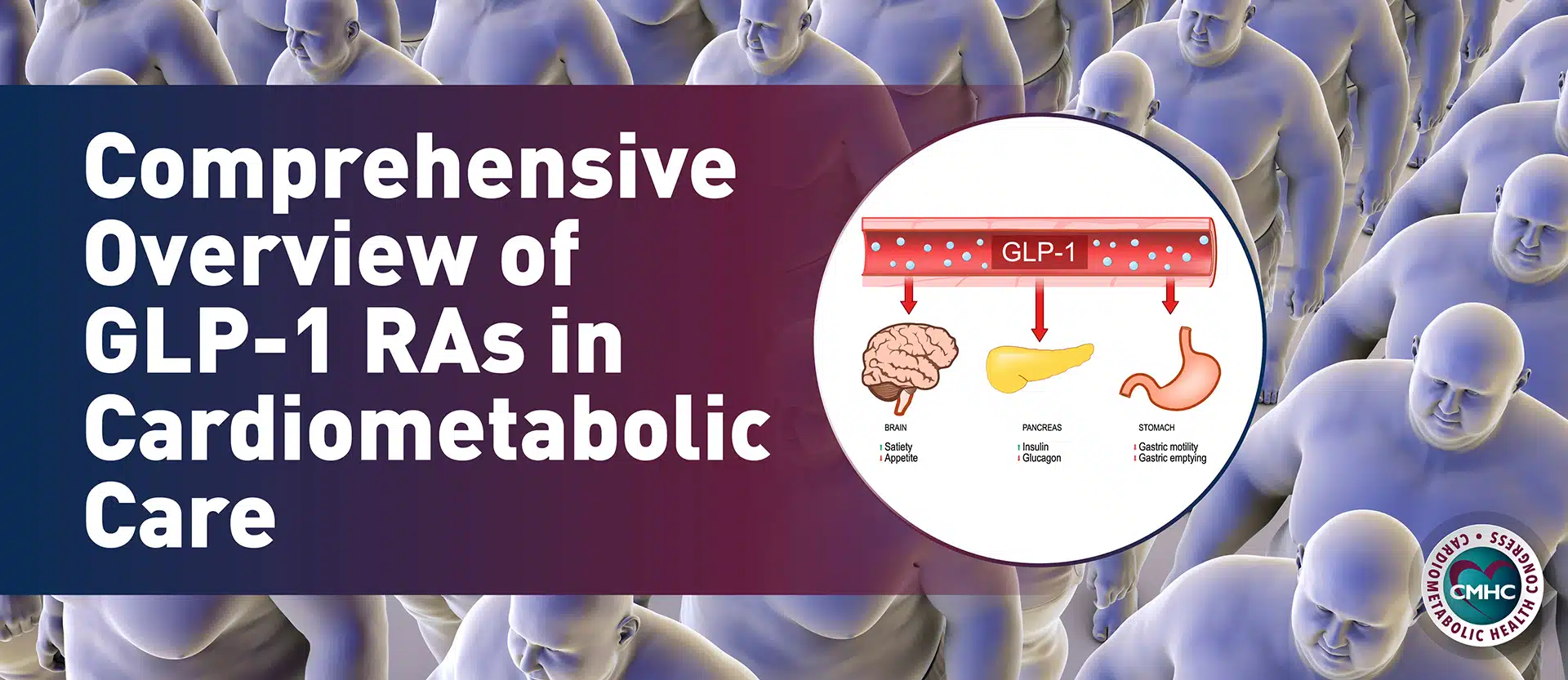From Hepatitis C and sarcoidosis to liver cancer, diseases affecting the liver impair its ability to maintain essential complex functions, including carbohydrate metabolism, detoxification, and many others. Despite a decrease in alcohol and hepatitis-related disorders, researchers have found a growing prevalence of liver disease directly tied to the obesity and diabetes epidemics in the United States.
Non-Alcoholic Fatty Liver Disease on the Rise
In a study examining national health survey data spanning from 1988 to 2016, investigators discovered a rise in non-alcoholic fatty liver disease (NAFLD) associated with congruently increasing rates of obesity and diabetes. The percentage of adults with NAFLD grew from 20% to 28.3%, revealing a shift from previous trends in which viral hepatitis was one of the main precursors of liver disease. At the same time, obesity rates within the population climbed from 22.2% to 38.9% and the proportion of people with diabetes nearly doubled from 7.2% to 13.5%.
While the majority of the population has small amounts of fat in their liver, a value of over 5% of fat by weight constitutes fatty liver disease. Most cases of non-alcoholic fatty liver disease stem from obesity, diabetes, and poor nutritional habits. The recent study found obesity increased NAFLD risk over 10 times, while diabetes raised the risk nearly four-fold, indicating the importance of improved management strategies for both conditions.
Other Liver Disease Rates Decline
While investigating the epidemiology of chronic liver disease, researchers found a reduction in disorders associated with viral hepatitis and hepatitis C. The proportion of the population affected by hepatitis B remained steady throughout the study period, as did alcoholic liver disease rates, both affecting less than 1% of the population. Researchers note, however, that the prevalence of hepatitis infections may have since increased due to the recent opioid epidemic – which is outside of the study’s scope.
Obesity, Diabetes, and Liver Disease Progression
Primarily driven by the unfaltering obesity and diabetes epidemics, non-alcoholic fatty liver disease can remain undetected for years, prompting concern among the medical community and the need for improved screening protocols. Early detection of liver disease can greatly benefit patient health outcomes, yet many individuals live with symptom less NAFLD for decades without realizing it. The study identified the most at-risk population to be male, older, and Hispanic, encouraging greater education efforts for targeted demographics and increased screening methods to ensure early detection.
According to the study’s estimates, 4 out of 5 people with both obesity and diabetes have NAFLD, implicating a dire need for weight loss support and improved weight management strategies in these patients. Even slight weight loss – which can be attained through nutritional counseling, a healthy diet, and regular physical activity – has been proven to improve non-alcoholic fatty liver disease, especially in patients with obesity.


















